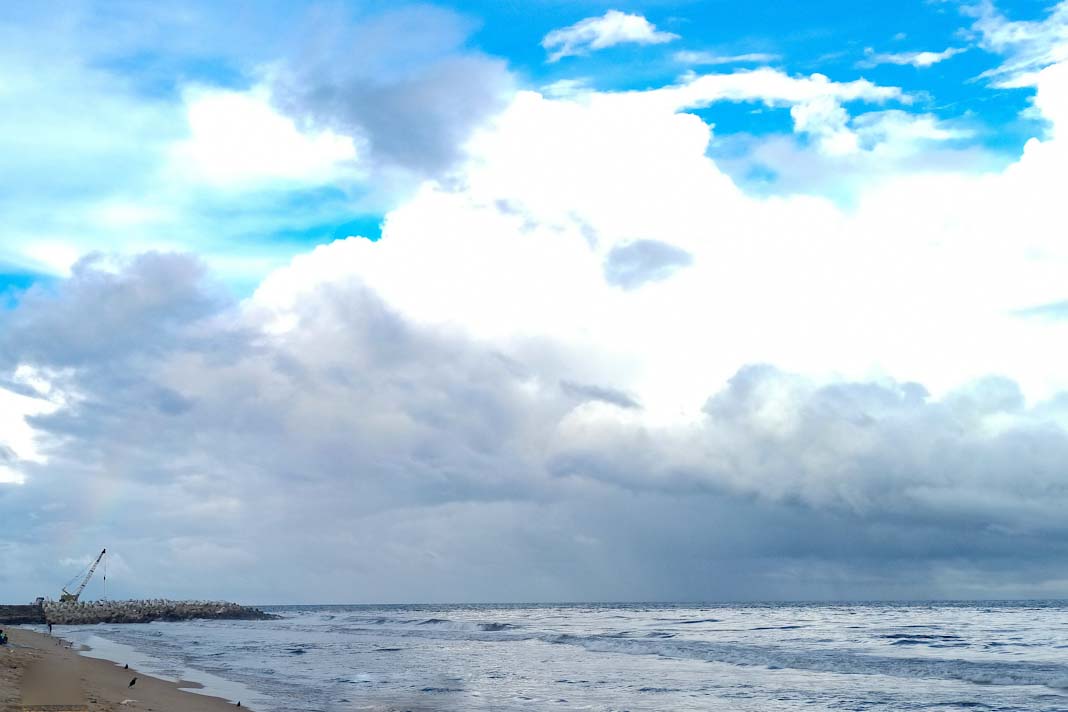
- The US Coast Guard (USCG) has introduced Policy Letter No. 01-25, requiring prior risk assessments for LNG and other alternative fuel bunkering operations.
- This interim guidance targets fuels like methanol, ammonia, dimethyl ether, and LPG, and aims to address regulatory gaps in current bunkering standards.
- Fuel suppliers must submit detailed proposals in advance, with operations subject to suspension if guidelines or lead times are not properly followed.
The United States Coast Guard (USCG) has proposed new interim guidelines to regulate the transfer of liquefied natural gas (LNG) and other alternative marine fuels during vessel bunkering operations. Issued through CG-OES Policy Letter No. 01-25, this guidance empowers Captains of the Port (COTPs) to assess and monitor these operations within US jurisdiction. In the absence of a comprehensive regulatory framework, the new policy serves as a risk-based model grounded in current industry standards.
Scope Expands Beyond LNG
While LNG remains a primary focus, the policy also applies to other emerging low-carbon fuels such as methanol, ammonia, dimethyl ether, and liquefied petroleum gas (LPG). These fuels are increasingly favored by maritime industry stakeholders aiming to comply with International Maritime Organization (IMO) environmental standards. The USCG initiative aligns domestic procedures with the growing demand for cleaner fuel alternatives in marine propulsion.
Closing Regulatory Gaps and Encouraging Local Collaboration
Recognizing that US regulations predominantly address petroleum-based fuels, the USCG aims to fill those gaps with this new guidance. A key feature of the policy is its emphasis on collaboration with local harbor safety committees. These groups bring essential localized insights that can help mitigate potential hazards and operational risks tied to alternative fuel transfers.
Mandatory Advance Notification and Detailed Submissions
The guidelines stipulate that fuel suppliers must submit a bunkering proposal well in advance of the intended operation. The proposal must specify the type of fuel, involved vessels and companies, bunkering site, facility details, and the expected date range of the transfer. If COTP officers are not adequately notified or if operations deviate from the approved risk assessment, the USCG has the authority to suspend the operation.
Regulatory Shifts and LNG’s Political Context
The backdrop of this policy includes renewed federal support for LNG as a marine fuel. Following President Donald Trump’s return to office in January 2025, the Department of Energy (DOE) reversed a previous decision made under President Joe Biden’s administration. The DOE removed regulatory barriers that had paused LNG export approvals to non-free trade agreement countries, citing the need for environmental and economic review. The March 2025 decision is expected to streamline LNG bunkering, making it more accessible and commercially viable.
Toward Safer, Cleaner Bunkering Operations
Overall, the USCG’s new policy aims to enable safer and more efficient bunkering of alternative fuels while regulatory frameworks continue to evolve. By requiring rigorous risk assessment and planning, the initiative supports the broader maritime transition toward sustainability and environmental compliance.
Did you subscribe to our daily Newsletter?
It’s Free Click here to Subscribe!
Source: Offshore Energy






















